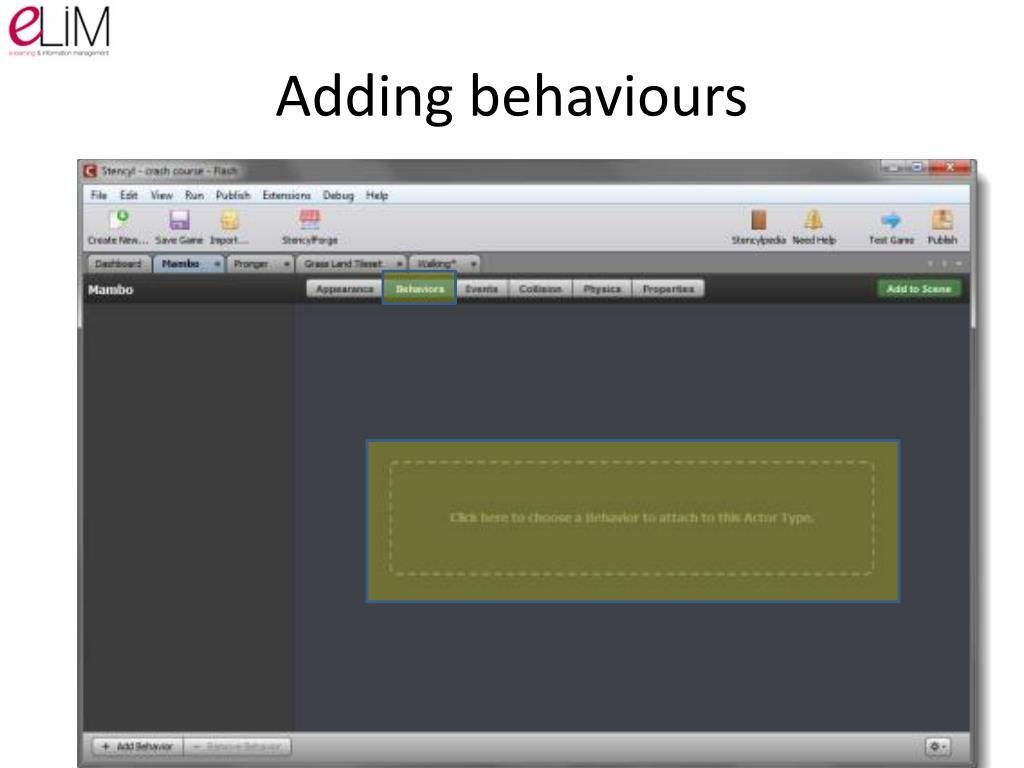


The Enemy Actorįlip back to the Dashboard by clicking on its tab. We’ll come back to this editor soon, but for now, let’s check out the rest of the resources we’ll be using. It allows you to customize an Actor's appearance, behavior, and physical properties. If you double click on the Noni icon, Stencyl will open it inside the Actor Type Editor.ĭefinition: The Actor Type Editor is one of several resource editors inside Stencyl. Noni is going to be our player-controlled Actor Type. As expected, you’ll see two here, one called Noni, the other called Clown. Now, a list of all the Actor Types in your game will appear.

Similarly, the numbers next to the other resources indicate the number of other types of resources we have. That number indicates the total number of actors in your game. Note: You'll see a small number "2" next to the button. Often, the two terms may be used interchangeably in the community.įirst, click on the Actor Types entry, located under RESOURCES in the Dashboard’s sidebar. An Actor Type is a template for Actors, while Actor usually means a particular instance of a type. This includes playable characters, enemies, user interface elements, etc. We’ll start by locating the Actor Type that will serve as our playable character.ĭefinition: In Stencyl, anything that can move or be interacted with is considered an Actor. In the Crash Course, we’ve included all the resources you’ll need to get started. Part 1 (Intro) - Part 2 (Resources) - Part 3 (Actors) - Part 4 (Create a Scene) - Part 5 (Test your Game) Game Resources (Part 2 of 5)įrom the Dashboard, we can create new resources, import external ones or open existing ones. Comments Crash Course: Let's Make a Game! (Part 2)


 0 kommentar(er)
0 kommentar(er)
